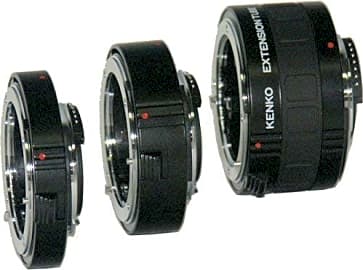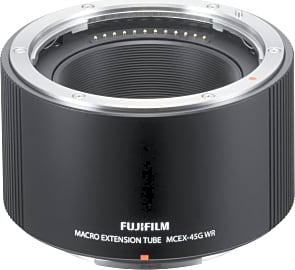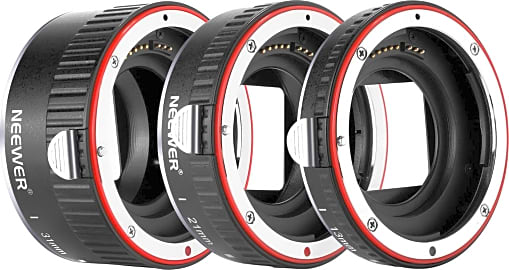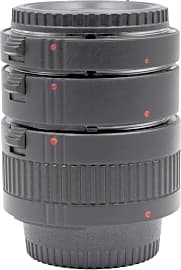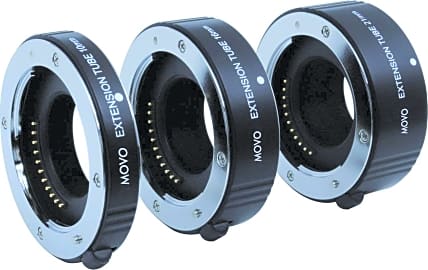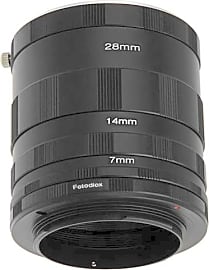The 9 Best Extension Tubes

This wiki has been updated 26 times since it was first published in July of 2018. If you're looking to get into extreme closeup photography, but you can't afford to add an expensive new lens to your kit, you might want to try out a set of these extension tubes. By altering the position of the focal plane for the image projected on your camera's sensor, these simple, yet effective, tools can convert the majority of glass to perform like top-tier macro lenses. When users buy our independently chosen editorial selections, we may earn commissions to help fund the Wiki.
Editor's Notes
December 09, 2020:
While some third party companies are making macro lenses for Canon and Nikon's RF and Z mount mirrorless camera systems, there's still very little to choose from in either company's lineup for closeup work without using an adapter with something from their more traditional DSLR lens collections. That kept the Fotodiox Pro Automatic and the JJC Auto Focus in prominent positions in our ranking.
Promaster updated their lineup to the Promaster 8819, which is one of the most no-nonsense options you're ever going to find. It makes a reliable electronic connection for focus and exposure automation, and is built to last, but is about as plain to look at as can be. We added a new model to the ranking in the Fujifilm Macro MCEX-45G. Now, I've always loved Fuji's glass. I think it's among the most underrated in the business, likely because the system's best models are built to spec for APS-C sensors instead of full-frame. But this extender is made with the same durability and attention to detail you'll see in those lenses. The only thing working against it is its size, which may actually get the shot too close for many users.
November 26, 2019:
Since our last visit to this ranking, both Canon and Nikon have come out with full-frame mirrorless cameras, and both brands have redesigned their lens mounts to accommodate for the different physics in a mirrorless body. As such, we wanted to find extension tubes offered for each system, especially since neither company has released a true macro lens for their new cameras. (The closest thing is the 35mm 1.8 by Canon, which they call a macro option even though it's a 1:2 magnification ratio, instead of 1:1).
We also saw fit to add the JJC Auto Focus, which offers an option for Sony's E mount that accommodates their full-frame sensor. It's important to remember that Sony's first mirrorless cameras had APS-C sensors, and most of the extension tubes designed for that system are still on the market. To make things more confusing, Sony's APS-C and full-frame mounts are both called their E mount. And if you put an extension tube optimized for APS-C on a full-frame sensor, you'll get significant vignetting.



